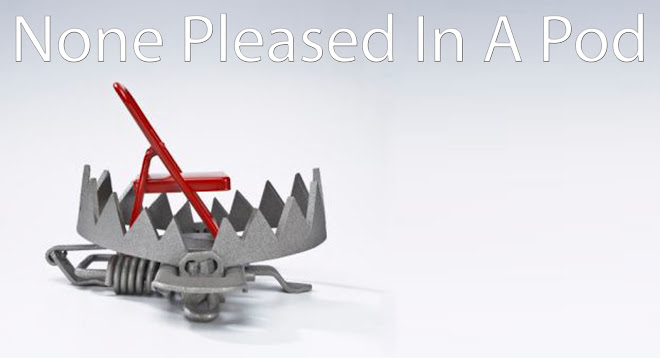I am now set on making a trapping mechanism for my final piece, the form of which I haven't decided on but will be the product of my previous post and some to come
I looked at how spiders catch their prey in its web, carnivorous plants that have evolved their trapping mechanisms over time due to their surroundings, explored how a caterpillar and baby feel safe when all their limbs are wrapped up and how the idea of trapping is one that carries torture and abuse
Traps have been designed and used by humans since there were humans, to an affect we owe are existence today as a race to the ability we had to catch food, when hunting was a means of survival. There are six main trap devices, these are traps that are designed to catch something and only cause harm and not to kill the victim straight out, but due to the damage caused death isn't uncommon. They are Booby trap, Animal trap, Heligoland (bird) trap, Insect trap, Man-trap and Mouse trap. For this project I think the animal, man and mouse traps are the most relevant
Animal traps were developed and used for hunting reasons and pest control. This form of trapping is the oldest and can be dated all the way back to 5500-22750 BC! Today most of the traps used can be easily divided into five types, foothold traps, body gripping traps, snares, cages and glue traps. Probably the most well known trap and relevant to this project is the Bear trap, an example of a foothold trap. It is made up of two jaws, one or two springs, a trigger in the middle which is usually a round pan. When the animal steps on the trigger the trap closes around the foot, preventing the animal from escaping. Usually some kind of lure is used to position the animal

Looking at this standard bear trap you can definitely see a link between how the jaws mechanism works and that of the Venus Flytrap I looked at earlier. Body gripping traps is similar to the foothold traps but is designed to kill the prey quickly
A deadfall trap is a heavy rock or log that is tilted on an angle and held up with sections of branches, with one of them that serves as a trigger. When the animal moves the trigger which may have bait on or near it, the rock or log falls, crushing the animal

Cage traps are designed to catch live animals in a cage. They are usually baited, sometimes with food bait. Cage traps usually have a trigger located in the back of the cage that causes a door to shut; some traps with two doors have a trigger in the
middle of the cage that cause both doors to shut. In either type of cage, the closure of the doors and the falling of a lock mechanism prevents the animal from escaping by locking the door shut. This has proven to be the most popular as it is seen as the most humane to the animal
Finally, probably the most used and known is the mouse trap. The classic Spring-loaded bar mousetrap was designed in 1894 and is very simple with a heavily spring-loaded bar and a trip to release it. Cheese is placed on the trip as bait, then the spring-loaded bar swings down rapidly and with great force when anything, usually a mouse, touches the trip. The design is such that the mouse's neck will be broken, or skull is crushed



No comments:
Post a Comment